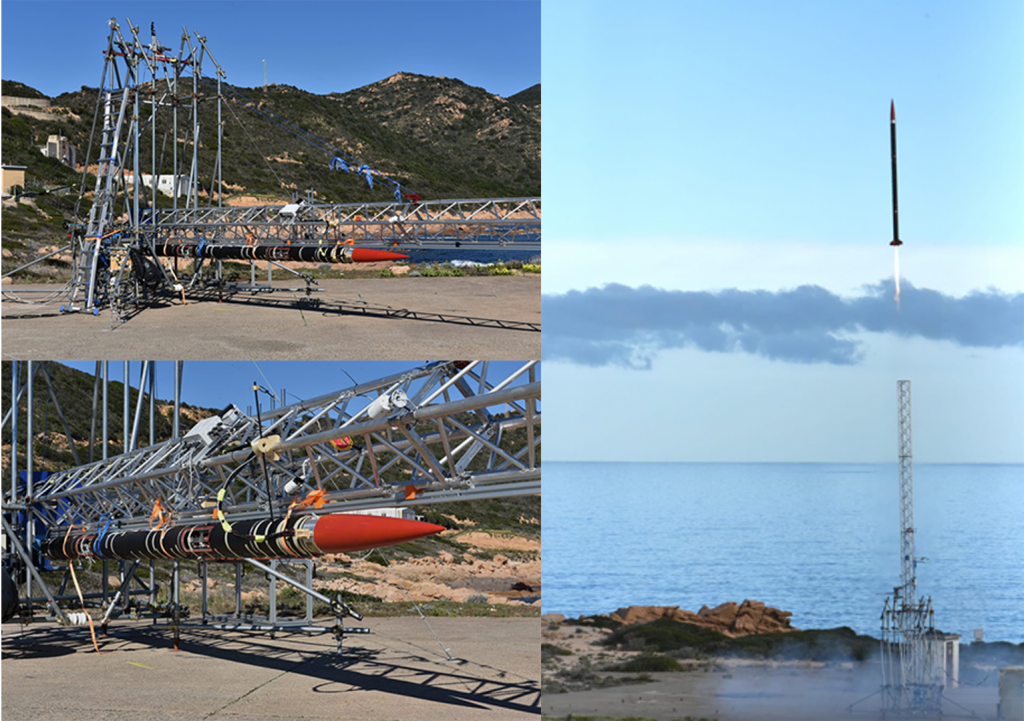Italy wants to bring small satellites into orbit and Cnr-Diitet with the Ministero della Difesa are working on the development of an airborne hybrid propulsion satellite launcher. One of the two launches envisaged by the Aviolancio program within took place successfully at the Joint Forces of the Quirra Salto, in Sardinia. “Italy is among the few countries in the world to have the skills and technologies for autonomous access to space, the so-called spacefaring nations”, comments the director of the CNR-Diitet Fortunato Emilio Campana.
The Consiglio Nazionale per la ricerca, through the Cnr-Diitet Engineering, ICT and Technologies for Energy and Transport Department, is coordinating a development program for an airborne satellite launcher, equipped with a hybrid propulsion engine, capable of allowing access flexible and autonomous to Leo orbits of small satellite platforms. Why use this technology? To have minimum notice and reduced costs compared to competitors (Aviolancio program). The launch of the first technological demonstrator of the propulsion technology took place on Thursday 24 February 2022, at 4.45 pm, at the Interforze Polygon of Salto di Quirra (Pisq).
Pantaleone Carlucci and Lucia Paciucci, technical manager and project manager of the Aviolancio program, carefully followed all the phases of the launch, thanks to the infrastructures made available by Pisq. The most innovative aspect is the hybrid engine made by the Paduan SME “T4i”, founded by Daniele Pavarin as a spin-off of the University of Padua. He has been experimenting for years with hybrid technology.
The parabolic flight test demonstrated the overcoming of difficulties. For example, building a carbon-fiber structure that could withstand the high temperatures of the engine. A hybrid engine is now used in Richard Branson’s Virgin Galactic Spaceshiptwo rocket plane for tourist flights at the edge of the atmosphere. Its advantage is that it is almost as controllable as a liquid propeller but with a simpler technological nature. However, its application is still very limited.
The project is developed within the activities initiated by the Comitato interministeriale per le politiche spaziali e la ricerca aerospaziale chaired by Minister Vittorio Colao. The ultimate goal is to collect the necessary information on low-cost green technologies for space through a series of tests directly in flight. A second larger and more complex prototype should be ready over the next 12 months to verify an even greater potential of the carrier.

